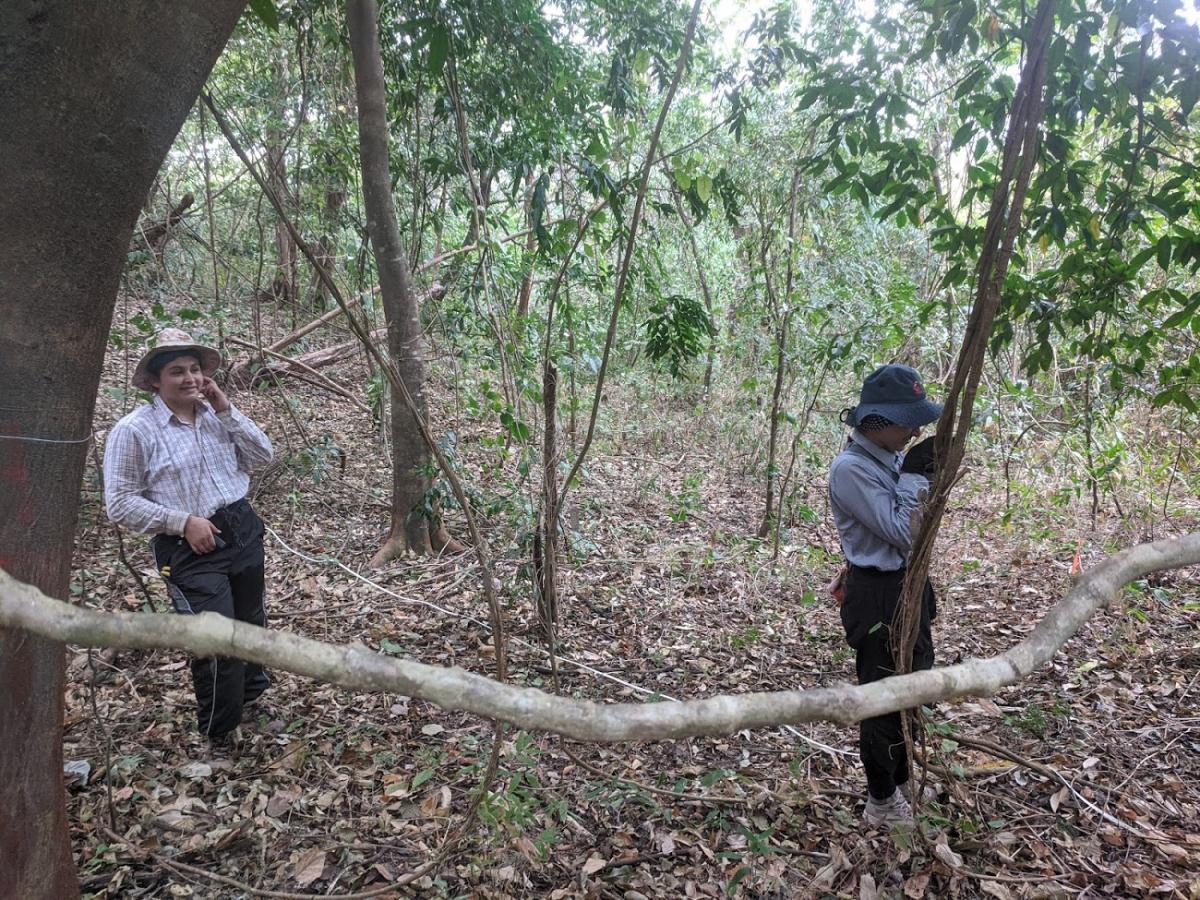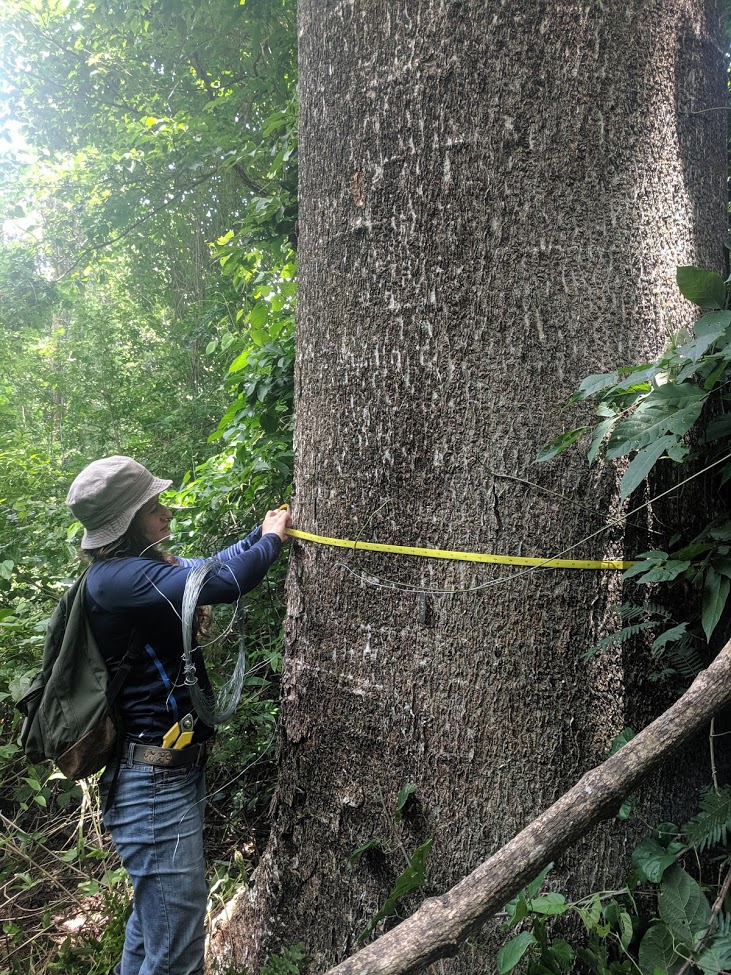San Emilio, Costa Rica FDP joins the ForestGEO network
With the addition of the San Emilio, Costa Rica FDP, the ForestGEO network now includes 73 sites following standardized census protocol to enable deeper understanding of long-term forest dynamics across tropical, temperate, and boreal systems. San Emilio provides valuable data for an under-represented tropical forest type: the seasonally dry tropical forest (SDTF).
The plot is 15.64-ha, subject to a distinct wet (June-December) and dry (January-May) season, and located within the Área de Conservación de Guanacaste (ACG) in the Guanacaste Province of Costa Rica. Brian Enquist and Nate Swenson are the Principal Investigators of the San Emilio plot. They respectively hold positions at the University of Arizona (USA) and the University of Notre Dame (USA).

Over the past ~45 years, field crews have censused the San Emilio plot four times. Adam Chmurzynski, a PhD student from the University of Arizona, led field crews in the most recent one, mapping, measuring, and identifying to species all stems ≥1cm dbh. Prior to that work, the site had undergone censuses of all stems ≥3 cm dbh in 1976 (led by George Stevens and Steve Hubbell), 1995-1996 (led by Brian Enquist), and 2006-2007 (led by Nate Swenson). The long-term record of the San Emilio forest censuses has revealed a forest shifting in response to climate change and increased drought.
The San Emilio plot is both representative of SDTFs and uniquely suited to be a research site for the study of forest dynamics. SDTFs in the Neotropics are considered critically threatened, having been reduced to less than 2% of historical land coverage. These forests have a heightened susceptibility to fire in the dry season, and their relatively fertile soils have made them well-suited for conversion into agricultural and pasture lands. Changes in climate, specifically warming temperatures, may alter the water economy of plants and thus the future composition of a forest type whose phenology is based upon seasonally scarce water. While researchers anticipate changes that warming trends may bring to dry forests, they also seek to obtain baseline data on the dynamics of SDTFs. Complicating this effort is the reality that many of these forests have been subject to disturbance. San Emilio is no exception. A third of the forest roughly dates back to the 1910's, a third dates back to the 1840's, and the final third is of an intermediate age. Its successional status makes San Emilio representative of many seasonally dry forests. It is unique, however, in the length of time since its most recent disturbance; many extant study sites for SDTFs experienced disturbance within the last 50 years. As such, San Emilio provides an opportunity to examine dynamics of a more stable SDTF.

San Emilio is fortunate to be situated within El Área de Conservación Guanacaste (ACG), an innovative force on the cutting edge of Costa Rican conservation efforts and practice, as well as restoration ecology. The ACG supported the inaugural ForestGEO census effort directly through logistics and SDTF expertise. Early in the census, many young Costa Rican foresters from Tecnológico de Costa Rica received direct experience in identifying and working with the flora of the dry forest through their work on the field crew. Their familiarity with species and protocol were critical to the success of the census, especially in the context of COVID-19 when access to the field was limited. During the latter part of 2020 and into 2021, a team of Masters in Forestry Engineering students continued the census and carried it to its conclusion in May of this year.
